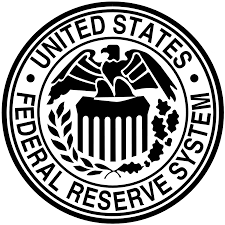Can BRIC Countries Kill The US Dollar?
Former US President Donald Trump has expressed concern that China could displace the US dollar as the global reserve currency. The warning follows reports of agreements between various nations to use the yuan in commodity transactions.

For years, rumors have circulated about the demise of the US dollar as a global reserve currency, but the greenback continues to be the most traded and extensively used currency in the fiat world.
The US dollar is by far the most traded currency on the foreign exchange market, according to the Bank for International Settlements. In 2022, the US dollar “remained the preeminent vehicle currency in the globe.” In April 2022, it was on one side of 88% of all transactions, unchanged from the previous survey.
Continue reading BRICS No Threat to the US Dollar But the US Government Policy May Hurt.

